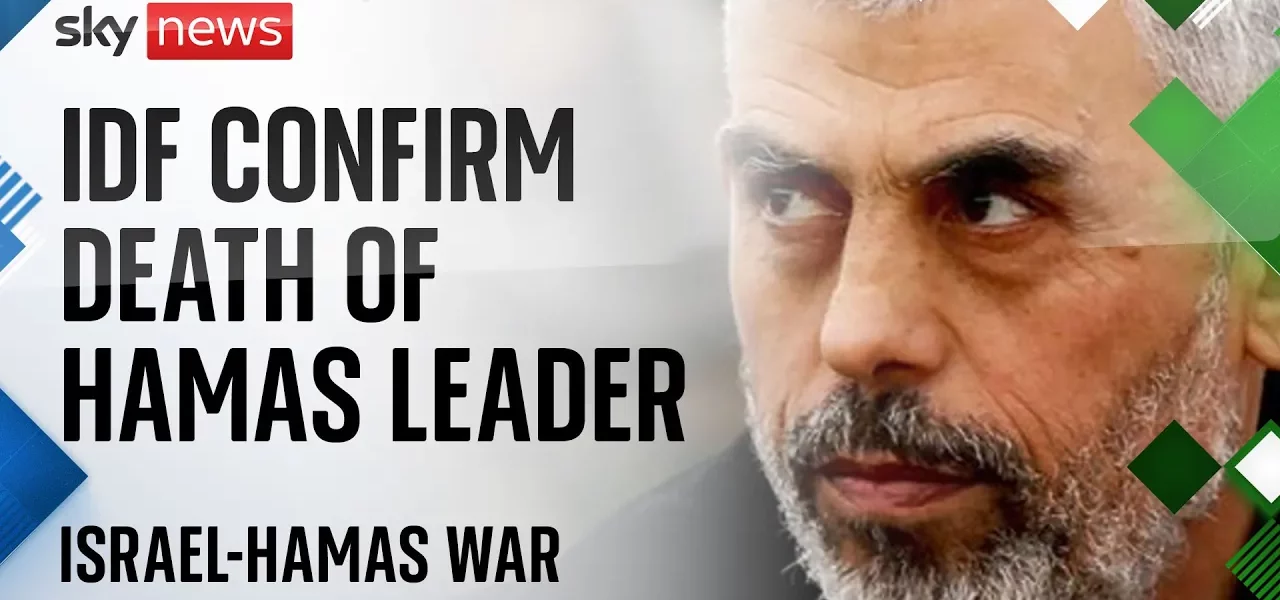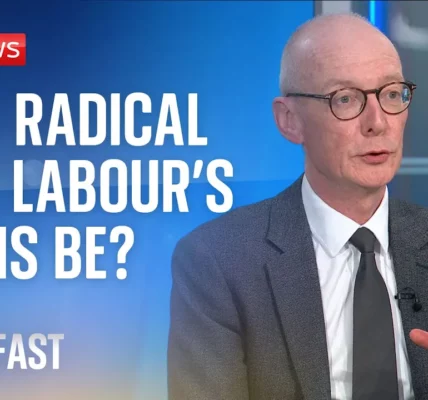The Last Stand of Israel’s Most Wanted Man: Yahya Sinir’s Assassination

This article delves into the significant events surrounding the assassination of Yahya Sinir, a notorious figure in the ongoing conflict between Israel and Hamas. We explore the implications of his death, the history of his actions, and the broader context of the conflict in Gaza.
Introduction
The assassination of Yahya Sinir marks a pivotal moment in the long-standing conflict between Israel and Hamas. Known as Israel’s most wanted man, Sinir’s death not only signifies the culmination of years of pursuit by Israeli forces but also raises questions about the future of Hamas and the ongoing violence in Gaza. In this article, we will explore the events leading up to his assassination, the aftermath, and the potential consequences for both Israel and the Palestinian territories.
Background of Yahya Sinir
Yahya Sinir, a prominent leader within Hamas, had a controversial and impactful history that spanned several decades. Captured and imprisoned by Israel for 20 years, he was released in 2011 as part of a prisoner exchange deal involving Israeli soldier Gilat Shalit. This release allowed Sinir to return to Gaza, where he quickly rose to power within Hamas.
Sinir’s Rise in Hamas
Upon his release, Sinir became a key figure in Hamas, known for his leadership during violent conflicts with Israel. His ability to connect with the Palestinian populace and articulate their grievances made him a respected figure among many. Sinir’s leadership was characterized by:
- Strategic military operations against Israeli targets
- Promotion of resistance narratives among Palestinians
- Efforts to negotiate ceasefires and hostage releases
Controversial Actions and Legacy
Sinir was accused of orchestrating some of the deadliest attacks against Israelis, leading to significant casualties. His actions have made him a controversial figure, both feared and revered:
- Responsible for numerous attacks leading to civilian casualties
- Perceived as a martyr by some Palestinians
- A figure of defiance against Israeli military operations
The Assassination of Yahya Sinir
On a fateful day, Yahya Sinir was located in a building in Rafa, where he made a final stand against Israeli forces. Despite attempting to defend himself against a military drone, he was ultimately killed. This section delves into the details of the operation:
Details of the Operation
The Israeli Defense Forces (IDF) had been on a year-long manhunt for Sinir, with multiple close encounters leading up to his eventual capture. The operation was marked by:
- A significant aerial surveillance effort
- Coordinated ground assaults in conflict-affected areas
- The use of advanced military technology
Immediate Aftermath
Following his assassination, Sinir’s body was photographed and reported to have been taken for forensic analysis in Israel. This act was not only a closure for the IDF but also a symbolic gesture in the ongoing conflict.
Implications of Sinir’s Death
The death of a high-profile leader such as Yahya Sinir has far-reaching consequences for both the Israeli and Palestinian sides. Here, we explore the potential impacts:
Impact on Hamas Leadership
Sinir’s assassination creates a leadership vacuum within Hamas, raising questions about who will take his place. The implications include:
- Possible fragmentation of Hamas leadership
- Challenges in maintaining unity among factions
- Impact on negotiations with Israel regarding ceasefires and hostages
Broader Conflict Dynamics
While Sinir’s death is a significant event, it is unlikely to bring an end to the ongoing conflict. Observers suggest that:
- Retaliatory actions from Hamas may increase
- Violence could escalate in the region
- International diplomatic efforts may intensify as a result
Conclusion
The assassination of Yahya Sinir is a landmark event in the history of the Israeli-Palestinian conflict. It serves as a reminder of the ongoing struggle and the complexities involved in achieving peace in the region. The future remains uncertain, with potential escalations in violence and shifts in leadership dynamics within Hamas. As the conflict evolves, it will be crucial to monitor the situation closely and understand the implications of such significant events. For further insights on the Israeli-Palestinian conflict, visit our related articles on the topic.
“`




